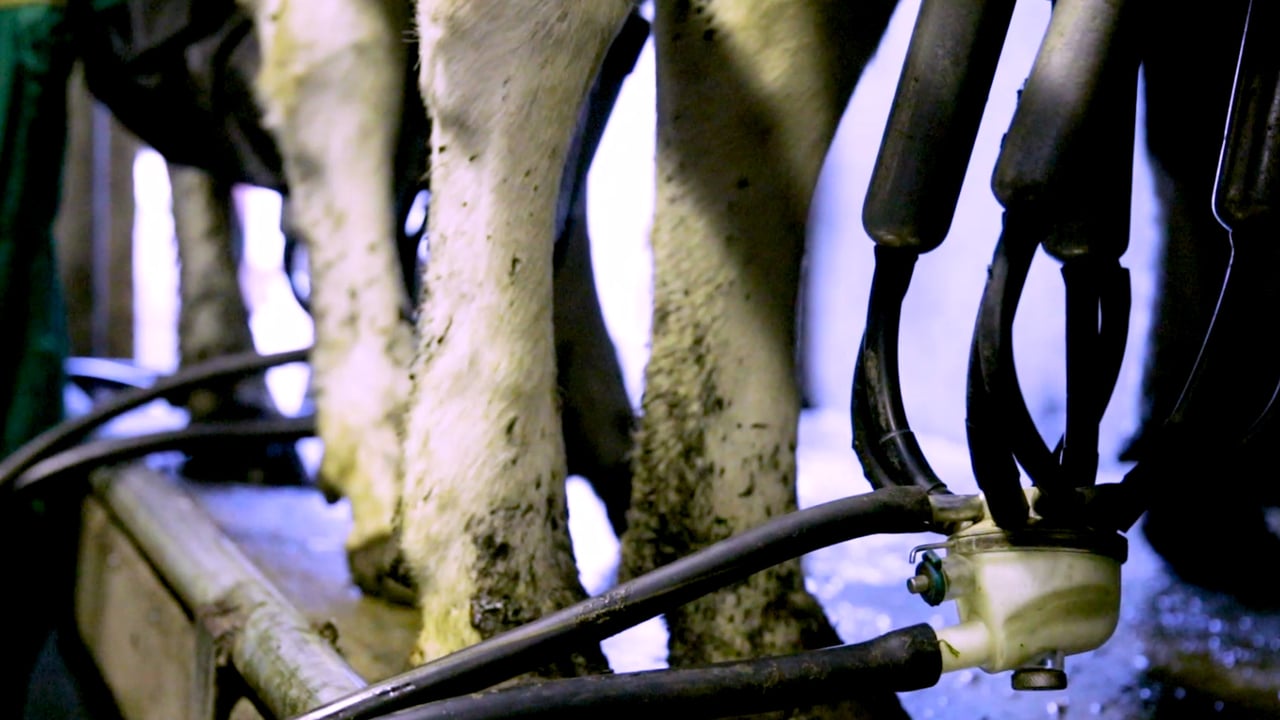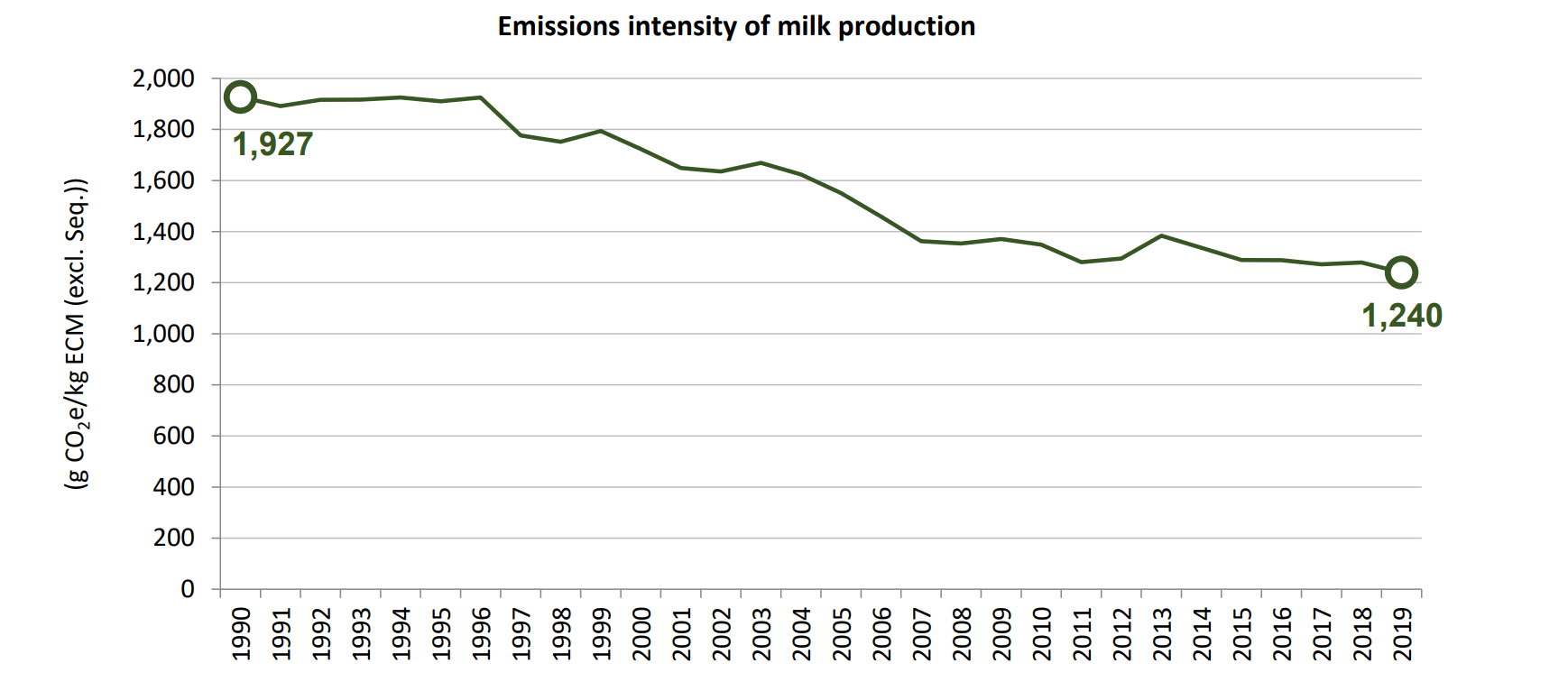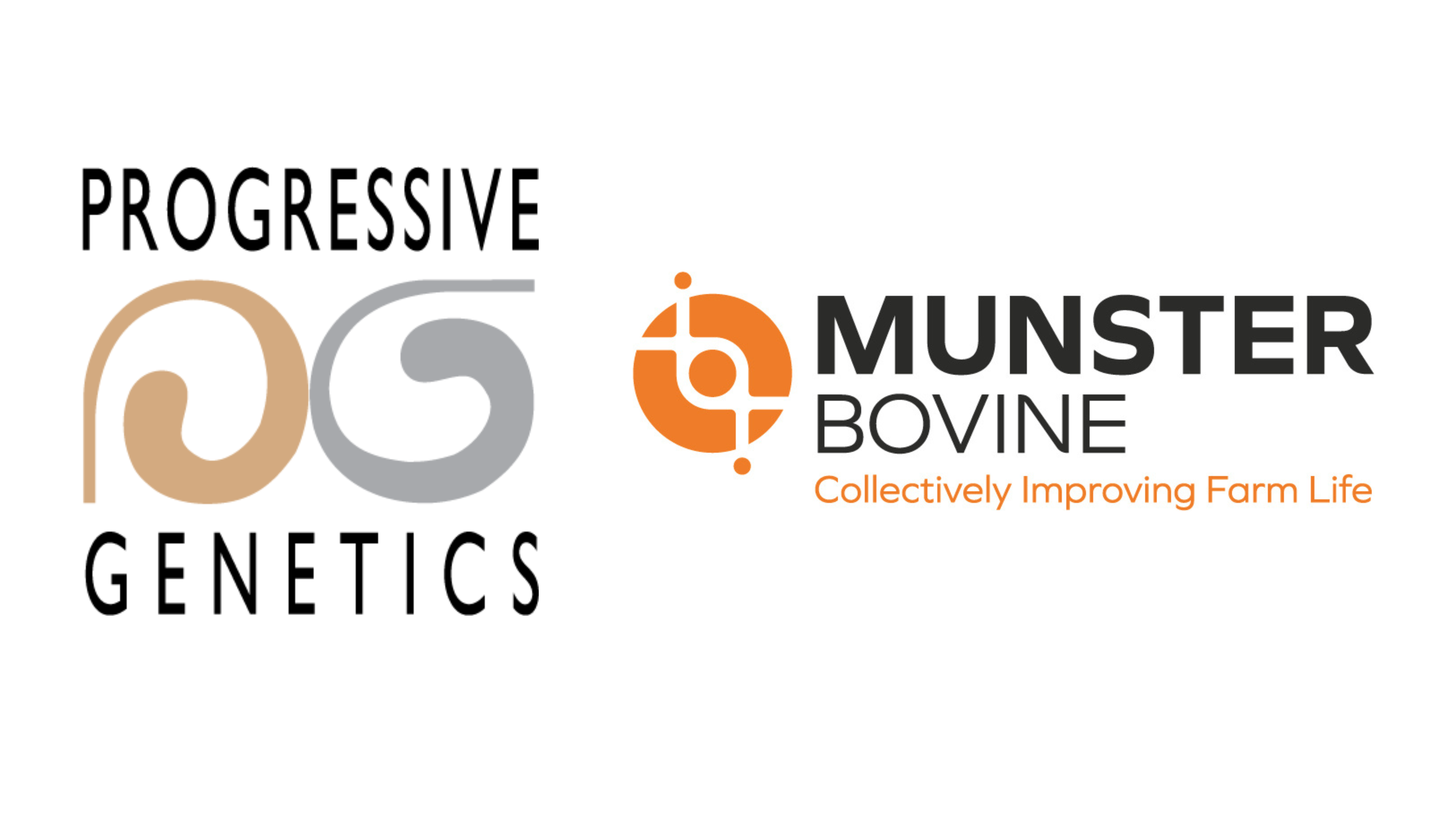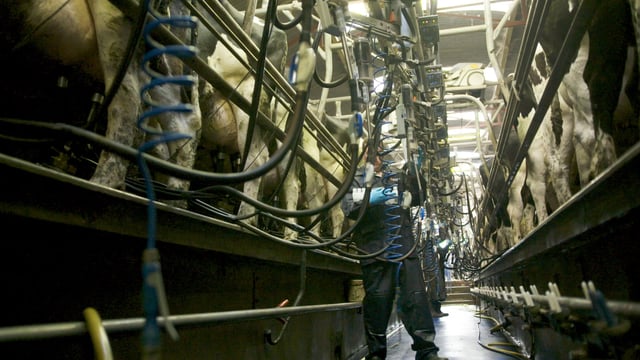Increased milk yield per cow has led to improved carbon footprint - DAERA report
Carbon intensity indicators for Northern Ireland have been published by the Department of Agriculture, Environment and Rural Affairs (DAERA).
Northern Ireland Carbon Intensity Indicators 2021 - the sixth such instalment - reveal the progress being made in NI towards reducing greenhouse emissions (GHG) in terms of intensity as opposed to absolute emissions.
In terms of agriculture in Northern Ireland, the indicators reveal that total emissions (excluding sequestration) related to milk production decreased from a population average of 1,927g of CO2 equivalent per kilogramme in 1990 to 1,240g in 2019.
While milk production in the dairy sector has expanded by 81% since 1990, the total number of dairy cows over this period has increased by only 13%.
This means that the improvement in carbon footprint has been driven by substantial increases in milk yield per cow, according to the report.
While overall emissions might be seen to be increasing for a particular sector in line with an expanding economy, the carbon intensity might actually be decreasing, which could still be viewed as a positive outcome.
The carbon intensity indicators are another way of measuring the progress being made in NI towards reducing GHG emissions - in terms of intensity rather than absolute emissions.






